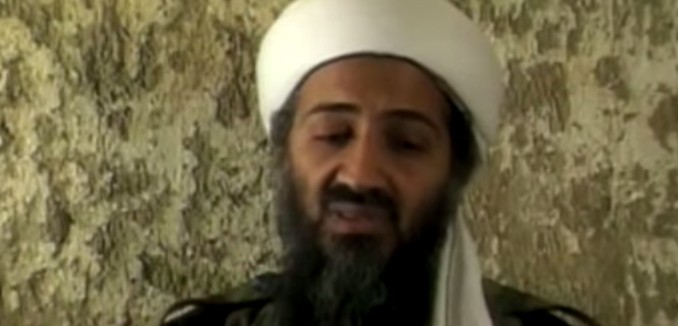The government of Iran released five top al-Qaeda leaders earlier this year, The New York Times reported Thursday. The Times reported that experts fear that the release of these terrorists “could re-energize the militant group, providing an influx of vetted leaders at a crucial time.”
The Iranian government, in a statement on Thursday after the release was reported by Sky News earlier this week, denied that the five men had been freed. The American official, who was granted anonymity to discuss the matter, confirmed the release of Saif al-Adl, a senior member of Al Qaeda’s ruling body, known as the Shura Council, who oversaw the organization immediately after bin Laden was killed by Navy SEALs in Pakistan in 2011.
Analysts tracking Al Qaeda described the release as alarming, given the seniority of the five men. It comes at a time when much of the organization’s leadership has been lost in back-to-back airstrikes, including the death earlier this summer of Nasser al-Wuhayshi, considered to be the organization’s general manager. At the same time, the organization had been hemorrhaging members to the more brutal and media-savvy Islamic State. ….
Of special concern is the release of Mr. Adl, a former colonel in the Egyptian military believed to be in his 50s, who is listed on the F.B.I.’s Most Wanted Terrorist list, and who was indicted in the 1998 United States Embassy bombings in East Africa. Qaeda operatives have described him as the organization’s operational boss.
Cynthia Storer, the CIA’s first full-time analyst dedicated to studying Osama bin Laden and al-Qaeda, called Adl a “founding father” of the terror group. Gen. Michael Flynn, formerly the head of the Defense Intelligence Agency, said that Adl will provide al-Qaeda “a shot of energy.” “The collusion between Al Qaeda and Iran is something we have seen before and this trade, if known by the U.S., should have been included as part of the Iran deal negotiations,” he told the Times.
The other al-Qaeda figures released by Iran were identified as Abdul Khayr al-Misri, Abul Qassam, Sari Shibab, and Abu Mohamed al-Misri. After the terror attacks of September 11, 2001, al-Qaeda moved a number of its military leaders to Iran as a means of keeping them safe from American retaliation. It is not clear when the al-Qaeda figures were detained by Iran, but that they remained in contact with the organization throughout the time they were in Iran.
Iran released the five in exchange for a diplomat who had been held by al-Qaeda in Yemen. When the diplomat, Nour Ahmad Nikbakht, was released this past March, Iran claimed that he was freed by a special forces operation. However, Yemen’s Houthi-controlled Interior Ministry said at the time that Iran had engaged in prisoner swap. The Houthis are the Iranian-backed rebels in Yemen.
A spokesman for the Islamic State in Iraq and Syria said last year that al-Qaeda refrained from striking at Iran in order to preserve its network that was operating inside Iran. The pan-Arab newspaper a-Sharq al-Awsat reported in February that al-Qaeda attacks against American interests in the Gulf had been directed since 2007 by Saleh al-Qarawi, who operated in Iran.
Earlier this week, an editorial in The Wall Street Journal called on the Obama administration to release all documents recovered from Osama Bin Laden’s compound, so that the public can get a fuller understanding of the ongoing ties between Iran and al-Qaeda.
[Photo: CNN / YouTube ]




